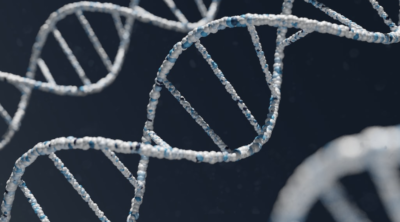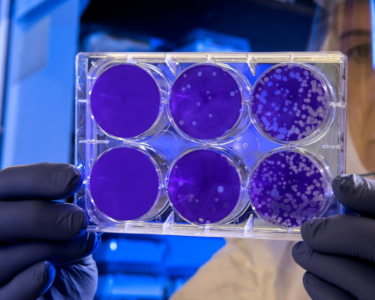In recent years, research in the fields of health, wellness, and biotechnology has seen an increasing focus on the important molecules that contribute to the proper functioning of our bodies. One of these vital molecules is the coenzyme nicotinamide adenine dinucleotide (NAD), which plays a crucial role in various biological processes. In this article, we will dive deeper into the significance and functions of this coenzyme in different organisms, including humans.
The Basics of Nicotinamide Adenine Dinucleotide
Nicotinamide adenine dinucleotide is a coenzyme found in all living cells, including humans. It is involved in a myriad of cellular processes, making it indispensable for the maintenance of our physiological functions. NAD exists in two forms: NAD+ and NADH. While NAD+ is the oxidized form that participates in cellular energy production, NADH is the reduced form responsible for producing energy through chemical reactions in the mitochondria.
As a coenzyme, NAD helps enzymes carry out their functions, such as catalysis and energy transfer. It plays a crucial role in the production of adenosine triphosphate (ATP), which is the primary source of energy for our cells. Additionally, NAD is known to participate in various cellular signaling pathways and DNA repair processes, thus contributing to overall health and well-being.
Cellular Energy and Redox Reactions
One of the primary functions of NAD is its involvement in redox reactions, which are oxidation-reduction reactions necessary for maintaining cellular energy levels. In these reactions, NAD exists in the oxidized form (NAD+) and accepts electrons from other molecules, thus reducing itself to NADH. Once reduced, NADH can donate electrons to other molecules, driving the production of energy within the cell.
This exchange of electrons between NAD+ and NADH takes place in the mitochondria during cellular respiration, a process responsible for generating ATP. NAD+ and NADH form a redox couple, with the relative amounts of these two forms determining the cell’s overall redox state. A balanced redox state is crucial for proper cellular function and for maintaining the cell’s overall energetic needs.
Through its involvement in cellular respiration and redox reactions, NAD has a critical role in ensuring our cells have the energy required for growth, maintenance, and repair. Moreover, the NAD-dependent process of ATP production is involved in various physiological processes, including muscular contractions, cell signaling, and even immune responses. As such, the importance of NAD in the body cannot be overstated.
DNA Repair and Cellular Aging

Aside from its involvement in cellular energy production, NAD plays a vital role in DNA repair and cellular aging. This coenzyme is a necessary component for enzymes involved in DNA repair, such as poly ADP ribose polymerases (PARPs) and sirtuins. By assisting these enzymes, NAD helps maintain the integrity of our genetic material, which is crucial for protecting our cells from damage and ensuring their proper functioning.
One mechanism by which NAD influences cellular aging is through its interaction with enzymes from the Sirtuin family. Sirtuins are known to regulate various cellular processes, including DNA repair, oxidative stress response, and inflammation, thus contributing to longevity and overall health. By modulating sirtuin activity, NAD may help delay the onset of age-related diseases and conditions associated with cellular damage and oxidative stress.
Therapeutic Potential and Future Research Directions

Considering the wide-ranging and vital roles of NAD in the body, it is no surprise that researchers are exploring the therapeutic potential of this coenzyme for various health conditions and diseases. Among the most promising applications are those that target age-related disorders, such as neurodegenerative diseases, cardiovascular ailments, and metabolic syndromes. By restoring NAD levels in the body, scientists hope to improve cellular function, combat oxidative stress and inflammation, and ultimately promote overall health and longevity.
As researchers continue to delve into the nuances of NAD and its many functions in the human body, our understanding of this essential coenzyme is poised to grow exponentially. With this growth in knowledge, the therapeutic possibilities of NAD will likely become more concrete and accessible, bringing us closer to a future in which NAD-based treatments may help improve the quality of life for many individuals worldwide.
Overall, the significance of nicotinamide adenine dinucleotide in various biological processes makes it an essential component of our body’s overall health and well-being. Through its involvement in cellular energy production, DNA repair, and its potential therapeutic applications, NAD has emerged as a key molecule of interest in the realms of health, wellness, and biotechnology.
Read also more information

